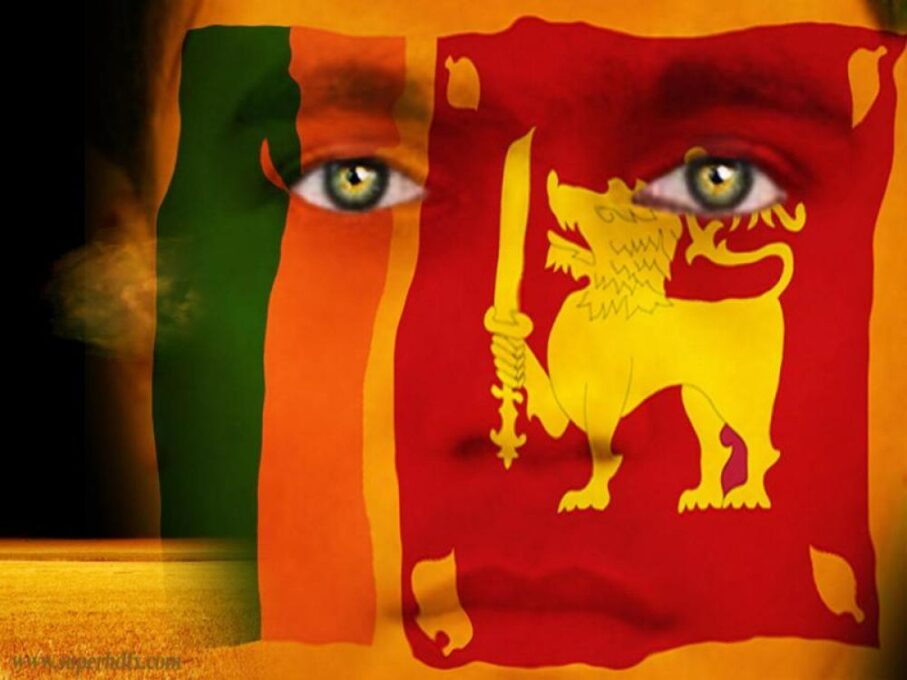
Sri Lanka is steadily plunging into a deep economic emergency but the unfolding crisis can act as an eye opener for those nations who are heavily depending on China’s loans with the belief that the borrowing from the Asian giant can catapult them to prosperity.
In the article published in The Print, Seshadri Chari, former editor of ‘Organiser’, writes: “Sri Lanka’s economic woes are a step-by-step guide on how to invite bankruptcy and economic doom.”
“Sri Lanka could have emulated the Narendra Modi government’s model of supporting local manufacturing, self-reliance, adopting zero tolerance for corruption policies and cutting down state expenditure,” Seshadri Chari wrote.
“Additionally, the Rajapaksa government could have shelved some of the China-funded infrastructure projects, which were high on debt servicing and low on revenue earnings, increased agriculture production instead of experimenting with organic food by banning chemical fertilizers and revived the tourism industry which took two massive hits of Easter bombings and the Covid-19 pandemic,” the writer mentioned.
Sri Lanka’s dependence on China still continues as Daily Mirror reported: “The proposed US $ 1 billion loan to be obtained from China will be used to settle the previous loans from the Chinese banks.”
Sri Lanka’s current loans from China also amount to nearly US$1 billion, a top source told the newspaper.
The latest method will be adopted since China does not have the concept of rescheduling debts, the newspaper reported.
Situation in Sri Lanka:
Sri Lanka President Gotabaya Rajapaksa on Friday declared a state of emergency providing the security forces with sweeping powers a day after hundreds of people protested outside his residence amid an unprecedented economic crisis.
While declaring the emergency, Rajapaksa said he believed there was a “public emergency in Sri Lanka” that necessitated invoking tough laws to give security forces wide authority to arrest and detain suspects.
On Thursday night, hundreds of protestors gathered outside Rajapaksa’s private residence in the capital city after the island experienced long power cuts further worsening the economic conditions.
Riot police had to be deployed to control the protesters, they used tear gas and water cannons to disperse the crowd. Protesters chanted “Gota go home”.
Many of them were seen holding posters with anti-government slogans, and demanded that the government should step down as it has “mishandled” the nation’s economy.
Over the last few weeks, Sri Lanka has seen a severe crisis characterized by acute shortages of food, cooking gas and fuel.
Skyrocketing costs have been added to public resentment.
Sri Lanka’s economy was affected by a long-brewing Balance of Payments problem, which was aggravated due to the pandemic and led to a dollar crunch late last year.
The crisis escalated since the start of 2022, hitting Sri Lankans hard.
Indian steps in:
Amid unrest over an acute shortage of essential commodities, including fuel and food, and a 32-hour-long curfew imposed by the authorities, India has sent a consignment of 40,000 metric tonnes of diesel and other goods to the island nation to help control the situation.
This is the fourth tranche of assistance India has given to Sri Lanka, which does not have enough foreign currency to import goods to maintain the supply of essentials. (justearthnews)

